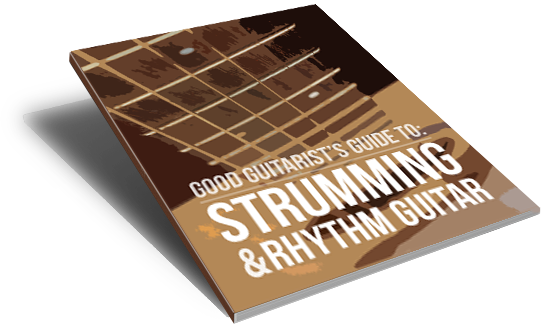How To Tune A Guitar With A Tuner
In this tutorial, I will teach you how to tune a guitar with a tuner. This is not meant to be a complete walkthrough on using a tuner, but just points out the most essential things that will help you “get it.”
In the lesson, I’m using a clip-on electronic tuner. It senses the vibration in the wood and can tell how close each note is to being in tune. These work whether you’re tuning an acoustic or electric guitar, and they aren’t affected by outside noise (which is a huge plus, especially if you start bringing your guitar out to parties or what-have-you, you’ll realize that it’s sometimes tough to find a nice quiet spot where you can tune).
Need a clip-on tuner?
I have a couple recommendations, which I’ve compiled here. They’re the ones I use myself: USA / Canada
A small portion of purchases made using the above links goes toward helping to support the GoodGuitarist YouTube Channel. I appreciate your support!
The actual tuning process is very simple. Clip the tuner onto your headstock, pluck a string, turn the corresponding knob, and read the tuner. You can see if it’s going up (sharp) or down (flat) and can adjust until it’s perfectly in the middle.
Knowing which notes to tune to requires you to learn the strings. I give a quick 30-second rundown, just so we can get on the same page. Honestly, remembering the names and numbers of the strings takes about 5 minutes of focused effort, and then you’ll just know them.
The last thing I talk about is how to make sure your guitar stays in tune. There’s a trick to it: if you make the string too sharp, you have to come under (flat) before tuning it perfectly. As I demonstrate in the video, if you just come down to the note, it can go out of tune. It’s hard to explain here, but if you watch the lesson, you’ll get what I’m talking about.
I hope you enjoy the lesson, and if you get a chance to check out my course, I’d be super grateful!
James


